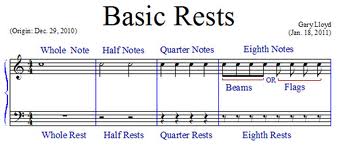
The relationship between an owner and a pet is really something special. When we care for an animal and feel they care for us, we form a real connection with them. In fact, studies show that pet owners actually live longer than their pet-less counterparts. If that doesn’t demonstrate the power of the love between an owner and a pet, nothing does.
But no matter how much we gain from our relationships with our pets, we can’t live forever and neither can they. As a pet owner, you have the responsibility to guide your pet through the end of its life. Animals aren’t equipped to make their own end-of-life arrangements, of course, nor are they able to make their own choices about health and treatment. That’s up to you, and it can be a heavy burden when the time comes to part with a pet.
Nothing can make the end of your pet’s life easy for you, but here are some things to keep in mind that might ease your burden just a little bit.
How you’ll know when it’s time to say goodbye
Some pets pass away suddenly. Others, unfortunately, suffer more drawn-out endings. When your pet is suffering, it is an act of love to choose to say goodbye.
But making the decision to say goodbye to your pet can be very, very difficult. No pet owner wants to rob their beloved pet of fun and fruitful days, weeks, months, or even years. And it is hard for us as pet owners to see our pets as the aging animals that they are. We remember them in their younger and more energetic days. It’s hard to see the harsh truths of aging, which we might reject or may simply not see because our animals have aged so gradually before us.
For some pet owners, these difficulties can be overcome by a change in the pet’s condition. In these cases, you will know when it is time. But these are not the only sorts of cases, and the idea that a pet owner will always “know when it is time” is a dangerous myth. Sometimes, you’ll need to consult with a vet and make a tough decision. Consider using a quality of life checklist or questionnaire to more objectively evaluate your pet’s health and happiness. Remember that, as tough as this moment is, you don’t want to force your pet to suffer through days, weeks, and months of unhappy life. If it’s time, it’s time.
Memorializing your pet
When a pet passes away, owners need closure. Regardless of whether or not you had the chance to say goodbye to your pet when they were alive, you’ll want to do something to symbolize that goodbye — and to remember all of the happy times that went before it — after your pet passes.
You should know that cremation is not the only option for your pet. One particularly tasteful alternative is hydrolysis. Hydrolysis is much like cremation in a practical sense, explain the experts at VIP Aquamation, but it uses water in a process that many may find less upsetting than traditional cremation.
Some pet owners choose to create physical memorials for their pets. Others scatter their pets’ remains in a meaningful spot. Some pet owners have a service or event of some kind, while others choose to keep things more casual and private. What you do is, of course, entirely up to you. You can consult with experts in memorials and pet passings for ideas, guidance, and assistance.
Our pets are incredibly important to us. Our love for our pets means taking the responsibility of caring for them when it is most difficult — up to and including the difficult but merciful decision to part ways. When our pets our gone, the memories of our shared love and good times will remain, aided by a meaningful farewell, a physical memorial, or other ways of commemorating the pets that changed our lives.






